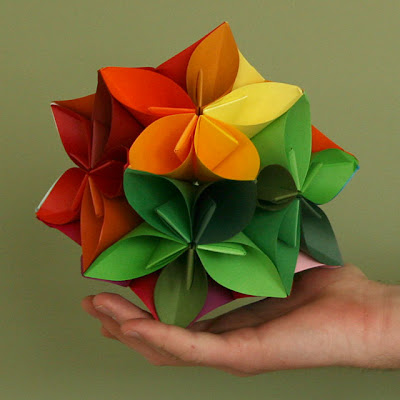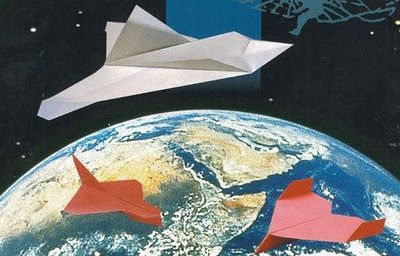Much of the early history of origami remains nebulous. It is thought, however, that the art’s origins took root during the early seventh century, as the technique of paper making was introduced to Japan by China. The Chinese developed some early paper folding techniques which were later brought to Japan. The introduction of paper had a large impact on Japanese culture, as the Japanese adopted these folding techniques. It also influenced their architecture and rituals of everyday life. For the most part, early uses for origami were for formal and practical purposes; folding letters and other paper items was a common practice. This changed with the beginning of the Edo period (1600-1868) as origami changed from a practical, to an exquisite and beautiful form of art. The blossoming of the origami art in the Edo period is attributed to the new availability of a cheap and mass-produced form of paper. The paper that was folded during this period took the form of actual objects, such as cranes and boats, rather than simple paper folds.The folds which had been developed prior to the Edo period had been passed down generation to generation. The first written work about origami, titled Senbazuru Orikata (How to Fold One Thousand Cranes), was not published until 1797. It was shortly after several collections were published that a name for this art was formally created. It was called origami, from the Japanese words oru (meaning to fold) and kami (meaning paper).
The beginning of modern origami were developed by Akira Yoshizawa in the 1930’s. He is responsible for the creation of thousands of modern day techniques and patterns for folding. In addition, he developed the system of pictures of folding with arrows in origami books which is still used today. Yoshizawa’s and other artists' contributions to paperfolding have served to maintain origami as an important part of Japanese culture and have helped to spread the art around the world.
The beginning of modern origami were developed by Akira Yoshizawa in the 1930’s. He is responsible for the creation of thousands of modern day techniques and patterns for folding. In addition, he developed the system of pictures of folding with arrows in origami books which is still used today. Yoshizawa’s and other artists' contributions to paperfolding have served to maintain origami as an important part of Japanese culture and have helped to spread the art around the world.














































.jpg)


